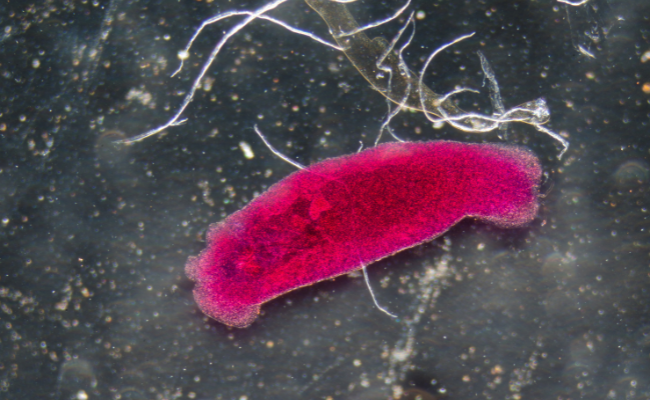How to Treat Cyclospora?
- November 28, 2023
- No Comments

What is Cyclospora?
Cyclospora, a microscopic parasite belonging to the Eimeriidae family, has the potential to induce gastrointestinal illness in humans. Responsible for the infection termed cyclosporiasis, this single-celled organism contaminates food and water, leading to the ingestion of its dormant form, known as oocysts, by humans. Pronounced as "sigh-klo-spor-EYE-us-is," Cyclosporiasis represents a form of food poisoning resulting from an infection with the parasite Cyclospora cayetanensis, alternatively referred to as C. cayetanensis or Cyclospora. This infection gives rise to symptoms such as watery and occasionally explosive diarrhea, accompanied by other gastrointestinal manifestations that may endure for an extended period before resolving.
Why is Cyclospora a Concern?
Cyclospora infection can result in a range of symptoms, including diarrhea, nausea, vomiting, abdominal cramps, and fever. These symptoms typically appear about a week after ingesting the contaminated food or water. The potential severity of the infection makes it a significant concern, especially for individuals with weakened immune systems, such as those with HIV/AIDS or undergoing chemotherapy.
The parasite is commonly found in tropical and subtropical regions, but cases have been reported worldwide. Contaminated fruits and vegetables are often the sources of cyclospora outbreaks, emphasizing the importance of food safety measures.
How Does Cyclospora Spread?
Cyclospora spreads through the ingestion of contaminated food or water. The parasite produces oocysts, which are shed in the feces of an infected person. If these oocysts come into contact with food or water, they can contaminate it. Inadequately washed or untreated fruits and vegetables are common culprits in the transmission of Cyclospora.
Moreover, person-to-person transmission can occur in some circumstances, particularly in settings with poor hygiene practices or through the consumption of contaminated food handled by an infected individual.
Treatment Solutions for Cyclospora
- Antibiotic Therapy: The primary treatment for cyclosporiasis involves the use of specific antibiotics. Trimethoprim-sulfamethoxazole (TMP-SMX) is the most commonly prescribed antibiotic for Cyclospora infections. This medication has been proven effective in treating the parasite and alleviating the associated symptoms.
- Hydration: Given that diarrhea is a common symptom of cyclosporiasis, maintaining proper hydration is crucial during the course of the infection. Rehydration solutions or oral rehydration salts can be used to replace lost fluids and electrolytes.
- Avoiding Anti-Diarrheal Medications: Contrary to common practice for some diarrheal illnesses, anti-diarrheal medications are not recommended for treating cyclosporiasis. These medications can potentially prolong the infection by preventing the body from expelling the parasite through stool.
- Identification and Removal of Contaminated Food: Identifying and removing the source of the Cyclospora contamination is essential for preventing further spread. This may involve recalling specific food products or implementing measures to improve food safety and hygiene practices.
- Personal Hygiene Practices: Promoting proper personal hygiene practices, especially in food handlers and those working in healthcare settings, is crucial for preventing the spread of Cyclospora. Thorough handwashing and the use of protective measures can help minimize the risk of person-to-person transmission.
Benefits of Treating Cyclospora
- Symptom Relief: Effective treatment of Cyclospora with antibiotics can provide rapid relief from symptoms such as diarrhea, nausea, and abdominal cramps. This not only improves the patient's well-being but also reduces the duration and severity of the illness.
- Preventing Complications: Timely and appropriate treatment helps prevent complications associated with cyclosporiasis, especially in individuals with compromised immune systems. Left untreated, the infection can persist and lead to more severe gastrointestinal issues.
- Reducing Transmission: Treatment plays a crucial role in reducing the transmission of Cyclospora to others. By promptly addressing the infection, individuals are less likely to spread the parasite to their close contacts or through food handling.
- Enhancing Public Health: Rapid identification and treatment of Cyclospora cases contribute to overall public health by preventing outbreaks and minimizing the impact on communities. This is particularly important in regions where the parasite is endemic or has the potential to cause widespread contamination.
- Addressing Global Health Concerns: As Cyclospora infections can occur globally, effective treatment measures contribute to addressing broader health concerns. This is essential in an interconnected world where travel and trade can facilitate the spread of infectious diseases.
Comments (0)